Women in Science: Marian Diamond’s ground-breaking findings on brain plasticity
On International Day of Women, we pay tribute to the late Marian Diamond. Learn more about her!
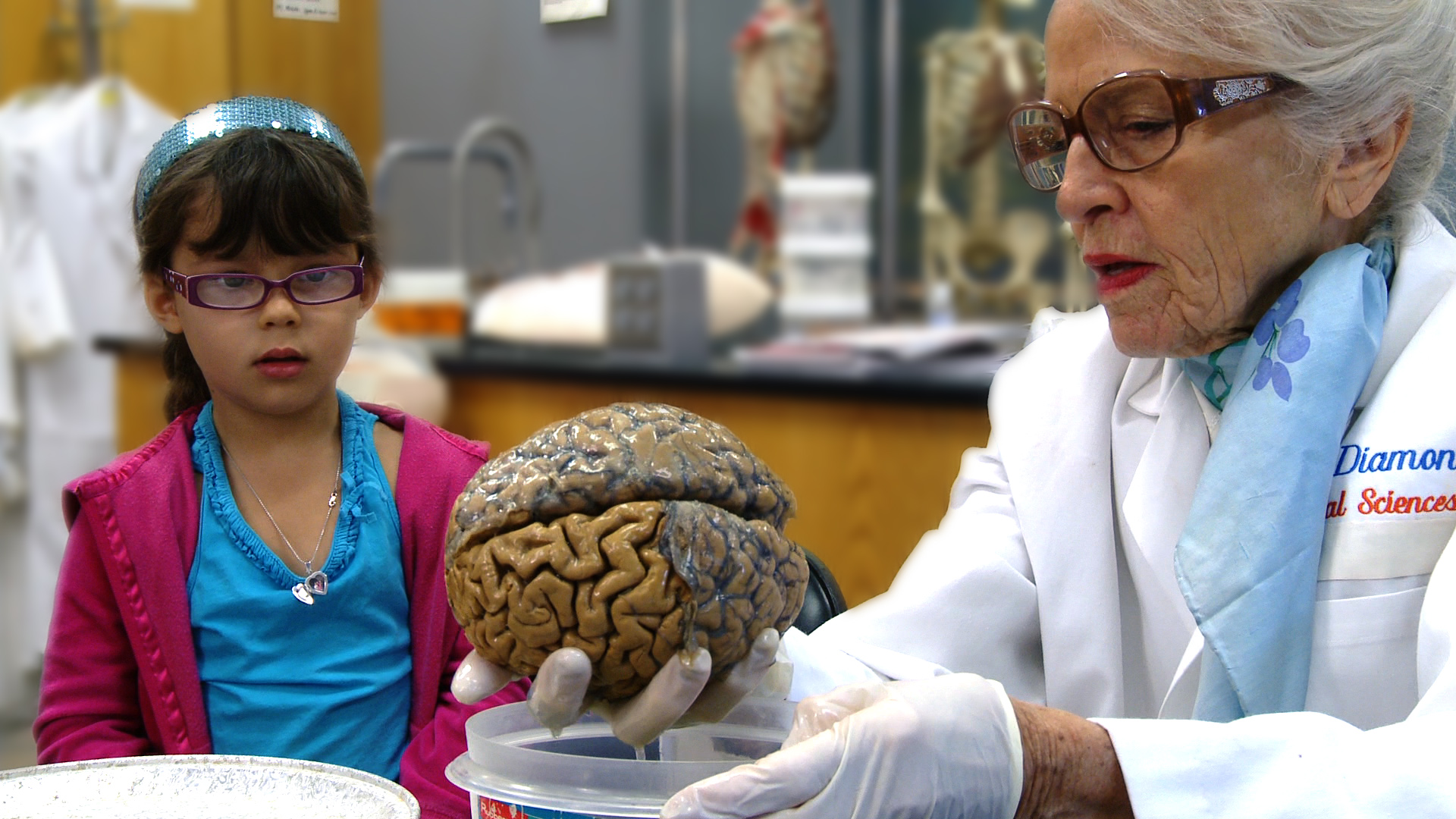
Marian Diamond, who died at the age of 90 (July 25, 2017), was a professor of anatomy and an expert on the brain. Over the last 60 years, Marian Diamond continued to teach and do research in the area of neurophysiology. As a teacher, she was honoured as one of the most distinguished teachers in the U.S and her lectures on YouTube have more than 1.7 million views. In fact, she is the second most popular college professor in the world.
To understand the context she worked in is to understand how great and ground-breaking Marian Diamond’s research was. At that time, the accepted scientific understanding of the brain was profoundly mistaken, as they considered it to be a static and unchangeable entity that simply degenerated as we age. However, Marion Diamond’s pioneering work proved they were wrong. Under the influence of the positive effects of an enriched environment, the brain can actually grow and renew its connections! This means that, with proper stimulation, brains continue to develop even in adulthood! As well as being ground-breaking, this was a very positive outlook that would change the way we understand the brain’s ageing process forever!
Marion Diamond – Pioneer in brain research who proved brain plasticity
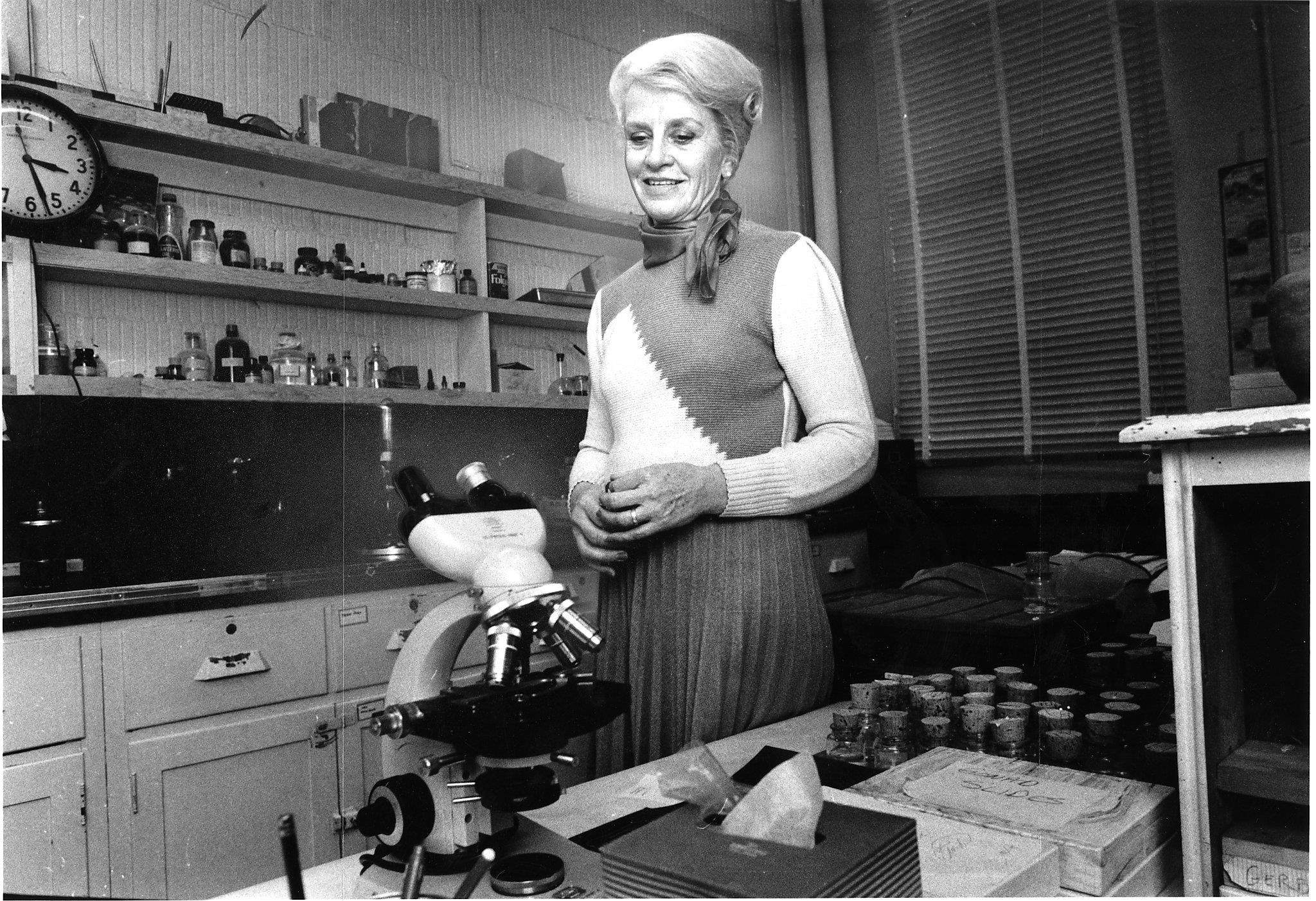
Marian Diamond spent more than 60 years studying the brain and she never stopped being amazed by the brain’s potential and never stopped wondering how a cell can produce an idea! In Marian’s own words:
“…the brain is the most miraculous mass of protoplasm on this earth and perhaps in our galaxy. Its potential is virtually unknown. Do you ever think of the brain in your head and what its potential is? Cells thinking about themselves? And it can, under proper conditions stay healthy and active for a full 100 years. We all can do it if we learn how to enrich our brains.” Davidson Films, Inc.
How did Marian conduct her experiment to prove brain plasticity?
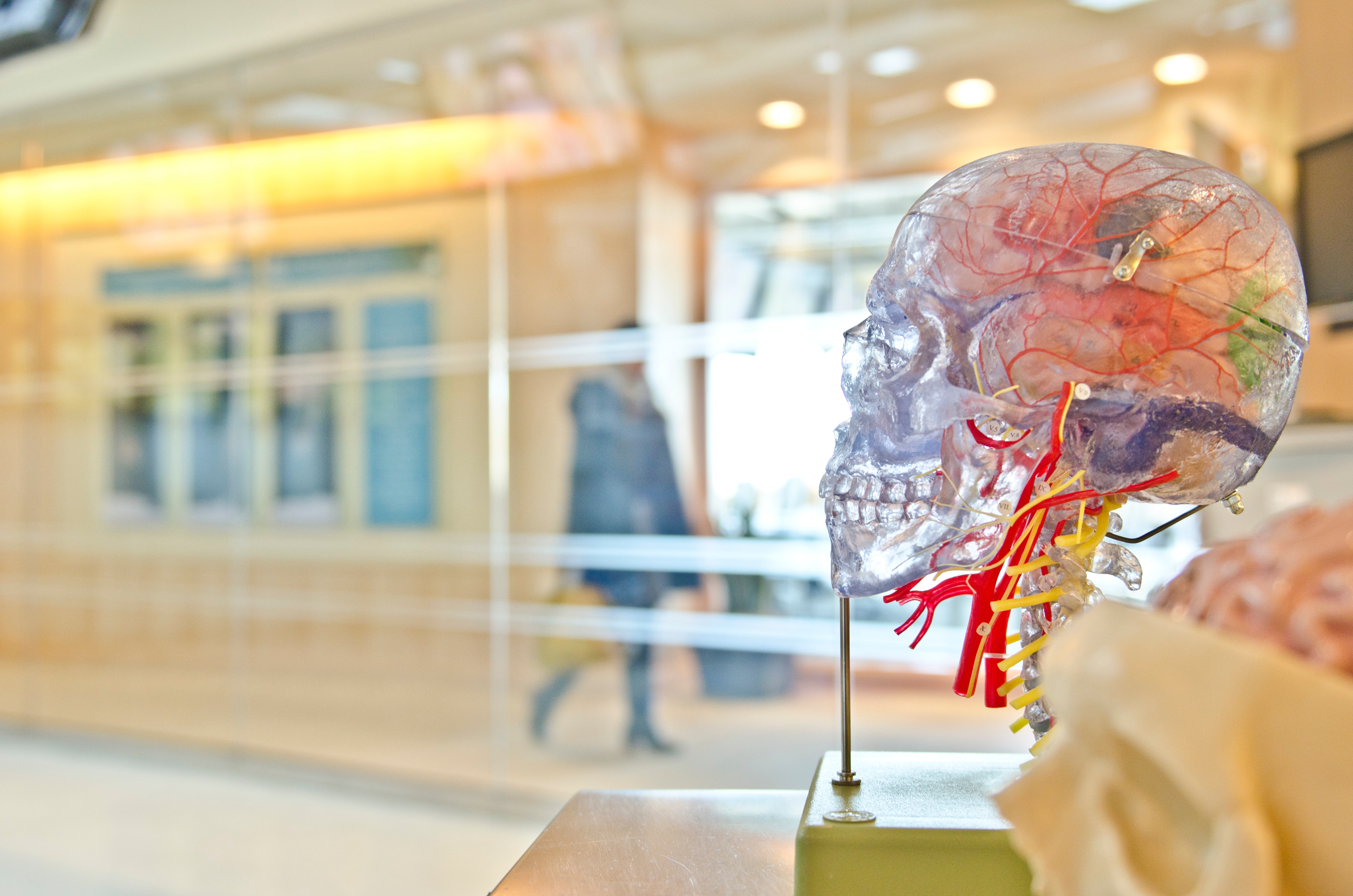
There’s no other way to put it: her research changed science! She came along with an entirely new idea that shattered old conceptions of the brain. However, many scientists received Marion Diamond’s research with obtuse scepticism. Some thought her experiment with rats was dumb and that she was wasting her time. But those were the 60s and the scientific community was particularly misogynistic at the time. And if this wasn’t enough, scientific advances also didn’t occur in a linear continuum. Instead, there were abrupt changes along the way, Marian’s work being a classic example of this.
By 1964, Marian Diamond began studying the brains of lab rats. For one experiment, she isolated one rat which was to be raised alone, in a small, desolate cage. In a parallel experiment, a group of 12 rats were raised in “enriched” cages, with lots of objects to play with. They stayed in these environmental conditions for 80 days and at the end of the 80 days she analysed the anatomy and chemistry of their brains:
“Chemists looked at the chemistry and I looked at the anatomy and found that the cerebral cortex – the outer layers of the brain – had changed by 6%. It was a difference between the enriched and the impoverished.” Davidson Films, Inc.
However, one of her peers contested her first experiment by saying that the rats were not old enough, so she couldn’t be sure brain plasticity could occur in older brains. She repeated the experiment by letting the rats live for 904 days. Although the cages were kept very clean, many of the rats died after about 600 days, which is roughly 60 human years. But some were living much longer. Surprisingly, the ones that lived to 904 days were under the influence of an extra factor: by holding the lab rats against her lab coat and petting them each day, she found that she could increase their life span. And she would still see evidence of brain development and growth, as she found that these rats generally had thicker cerebral cortices. The plasticity of the brain had finally been proved. The rat’s brains continuous development and growth depended more on the environment than we had ever thought!
We can summarize this world-changing discovery in five points that, before Marian Diamond, nobody knew could influence the brain directly:
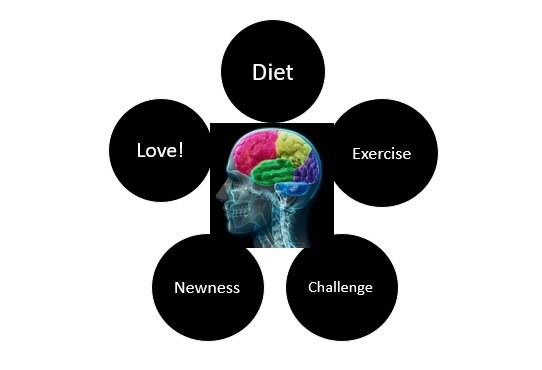
Marian Diamond went on to develop a rich theory of brain plasticity, one that she sometimes summarized with a phrase more commonly heard at a gym than a neuroscience classroom: “Use it or lose it.” In fact, it is scientifically accurate to apply this expression to the brain. More recent studies also concur with Marian Diamond’s findings and show that new neurons are developed through stimulation, at any age!
Marion Diamond and the studies of Einstein’s brain

More than 60 years ago, Einstein’s death was just the start of a fascinating and controversial journey for the most prized part of his anatomy: his brain! But would Einstein’s brain ever give up its secrets?
It wasn’t until 1984 that Marian Diamond, in the University of California at Berkeley, had the chance to examine some preserved slices of Einstein’s brain. She found that Einstein’s brain had more glial cells (which nourish neurons) than the average person’s brain! His brain had a higher ratio of glia cells to neurons than other brains, and she hypothesized that the reason for this was the high metabolic demand and stimulation that Einstein put on his neurons!
Older Brains? Embrace the gift of neuroplasticity and let’s create new connections!
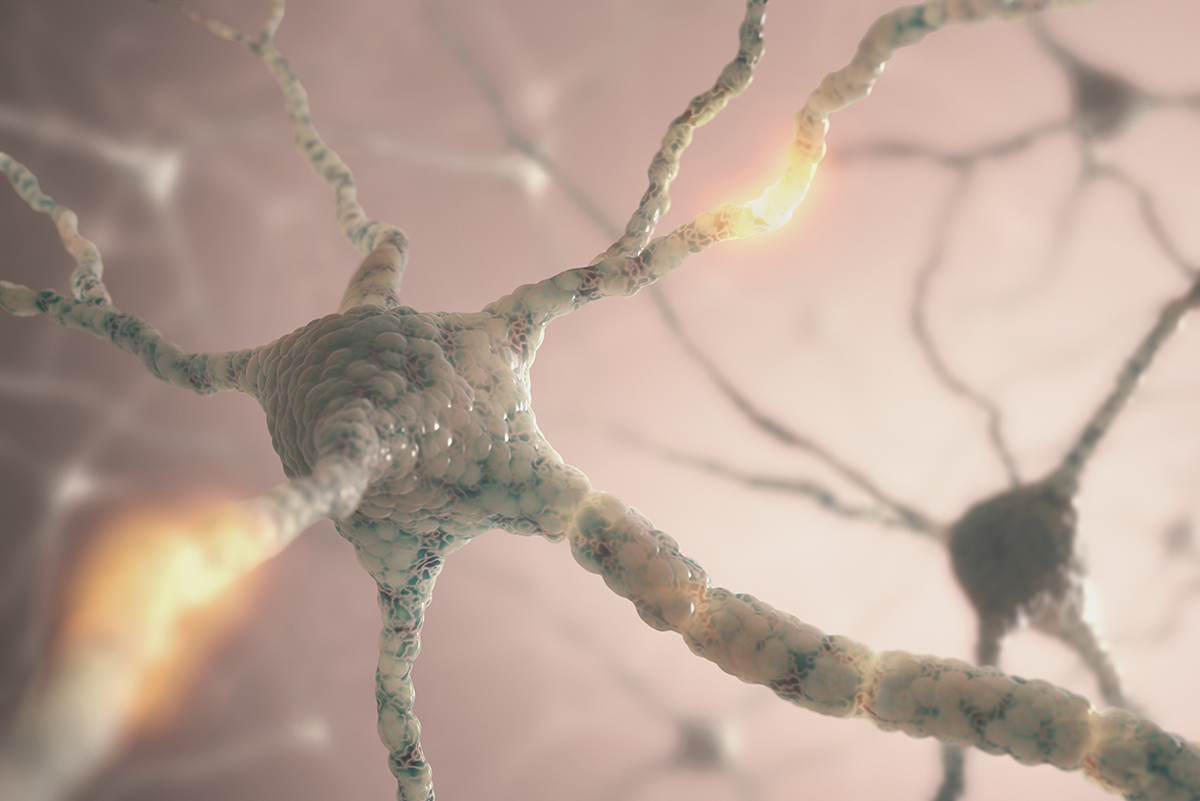
Marian Diamond challenged herself her whole life. And even though she achieved international recognition for her ground-breaking research on the brain and for setting the foundations of neuroplasticity research, she confessed on many occasions that she always felt great awe of this small, three-pound mass of protoplasm called “brain”, the most complex structure known to humankind.
Her research demonstrated the impact of enrichment on brain development — a simple but powerful new understanding that has literally changed the world and the way we look at the ageing brain. People often ask: what is old age? To which Marion answered:
“it depends on what part of the body. Because development and ageing are a continuum through a lifetime”.
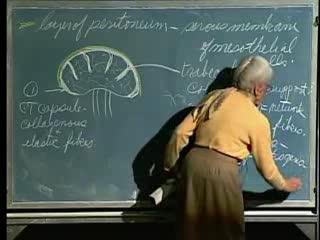
Source: Luna Productions
Diamond regularly encouraged activities, both mental and physical, in order to enrich brain connections. She was an example of active ageing herself, as she continued to conduct research and teach until 2014, when she retired at the age of 87. Her curiosity and passion for the human brain kept her mind sharp for as long as her body permitted, proving that the secret to a sharp mind is to keep stimulating the brain for as long as possible, and not forgetting to nurture it with healthy emotions!
Luna Productions – independent film makers – have released a web series, the first episode of which is called “My Love Affair with the Brain: Dr. Marian Diamond”, which was broadcast in some countries during 2017.
Who wouldn’t want to continue watching the extraordinary journey of Marian Diamond, the beloved professor and brain whisperer? We are certainly looking forward to watching more episodes of the web series, especially Episode 5 “About Brains and Little Girls”, where Marian serves as a role model for a little 4-year-old girl, while teaching her neuroanatomy!
Take a stand for women and girls in science
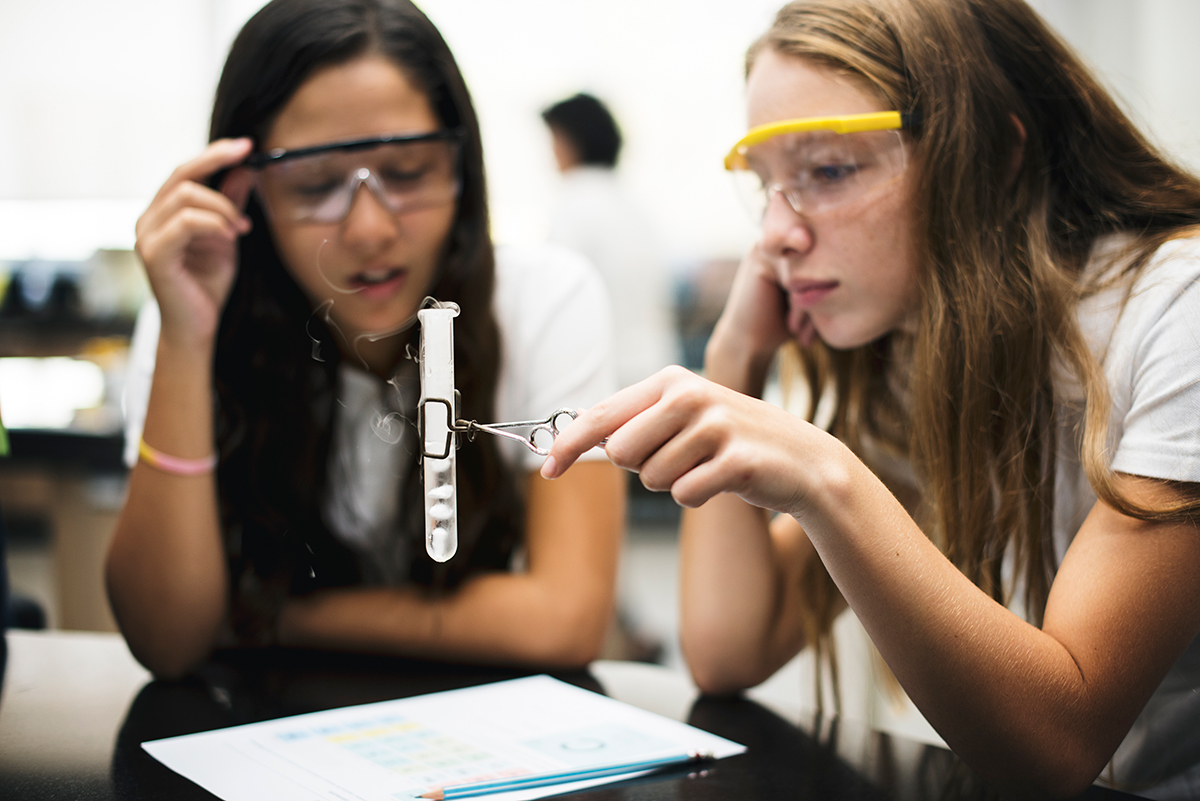
It wasn’t always easy for women and girls to be accepted in the realm of “science research”. Throughout history, we know of a few cases of women who managed to the break the mould. Of those, today we choose to celebrate the tenacity of the late Marion Diamond, a woman who was personally affected by the gender bias in science, something which recent studies suggest still exists. Gender bias in science is not always easy to prove, simply because there are people fiercely committed to the idea that sexism does not exist. However, Ilana Yurkiewicz concludes in her research that it does exist in a very intrinsic and pervasive way:
“If faculty express gender biases, we are not suggesting that these biases are intentional or stem from a conscious desire to impede the progress of women in science. Past studies indicate that people’s behavior is shaped by implicit or unintended biases, stemming from repeated exposure to pervasive cultural stereotypes that portray women as less competent…”
Over the past 15 years, a lot of effort has been made by the global community to inspire and engage women and girls in science. Unfortunately, women and girls continue to be excluded from fully participating in science, and shockingly, this is a global problem. As a matter of fact, only 30% of researchers worldwide are women. That is why the UN decided to establish the International Day of Women and Girls in Science – 11th February – in order to achieve full and equal access to and participation in science for women and girls. UN Secretary-General, António Guterres urges for the:
“…commitment to end bias, greater investments in science, technology, engineering and math education for all women and girls as well as opportunities for their careers and longer-term professional advancement so that all can benefit from their ground-breaking future contributions.”
UNESCO also joined the movement and issued a manifesto with 6 incisive and conclusive statements:
- Encourage girls to explore scientific career paths;
- Break down the barriers that prevent women scientists from pursuing long term careers in research;
- Prioritise women’s access to senior positions and leadership positions in the sciences;
- Celebrate with the general public the contribution that women scientists make to scientific progress and to society;
- Ensure gender equality through participation and leadership in symposiums and scientific commissions such as conferences, committees and board meetings;
- Promote mentoring and networking for young scientists to enable them to plan and develop careers that meet their expectations.

 USA
USA